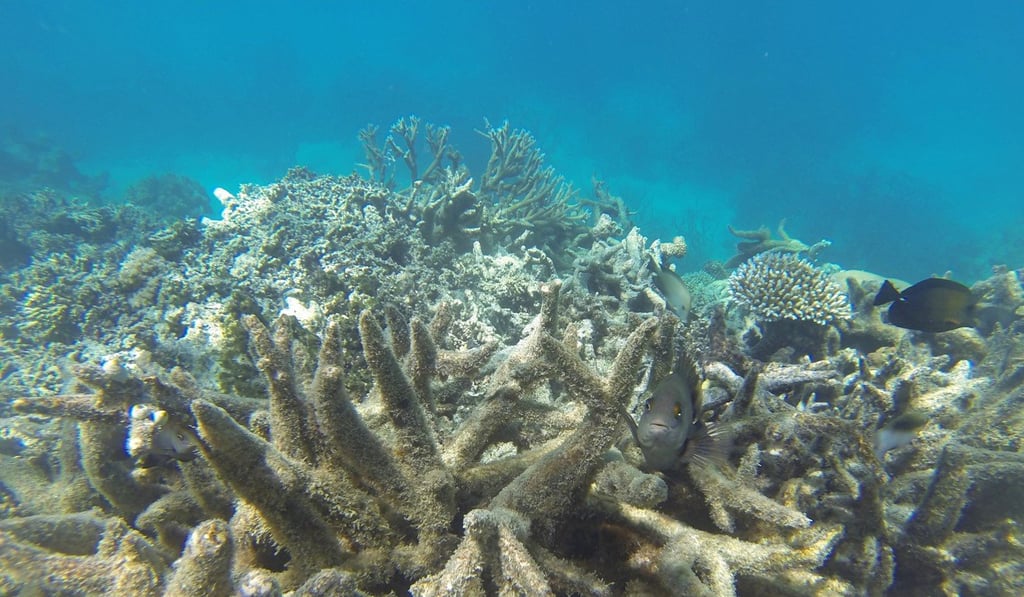Despite climate change damage, the future of coral reefs could be looking up
An experiment at the Great Barrier Reef, which involves playing recordings of healthy coral, is luring fish back to dead patches, which could lead to the reefs’ revival

Which came first, the coral or the fish? As scientists desperately search for a way to get the world’s coral reefs to rebound from the devastating effects of climate change, they might just find out.
In the Caribbean, researchers are cultivating coral “nurseries” so they can re-implant fresh coral on degraded reefs. And in Hawaii, scientists are trying to specially breed corals to be more resilient against rising ocean temperatures.
Last month, British and Australian researchers rolled out another unorthodox strategy that they say could help restoration efforts: broadcasting the sounds of healthy reefs in dying ones.
In a six-week field experiment, researchers placed underwater loudspeakers in patches of dead coral in Australia’s Great Barrier Reef and played audio recordings taken from healthy reefs. The goal was to see whether they could lure back the diverse communities of fish that are essential to counteracting reef degradation.

“Healthy coral reefs are remarkably noisy places - the crackle of snapping shrimp and the whoops and grunts of fish combine to form a dazzling biological soundscape,” said Steve Simpson, a marine biology professor at Britain’s University of Exeter and a senior author of the study. “Juvenile fish home in on these sounds when they’re looking for a place to settle.”